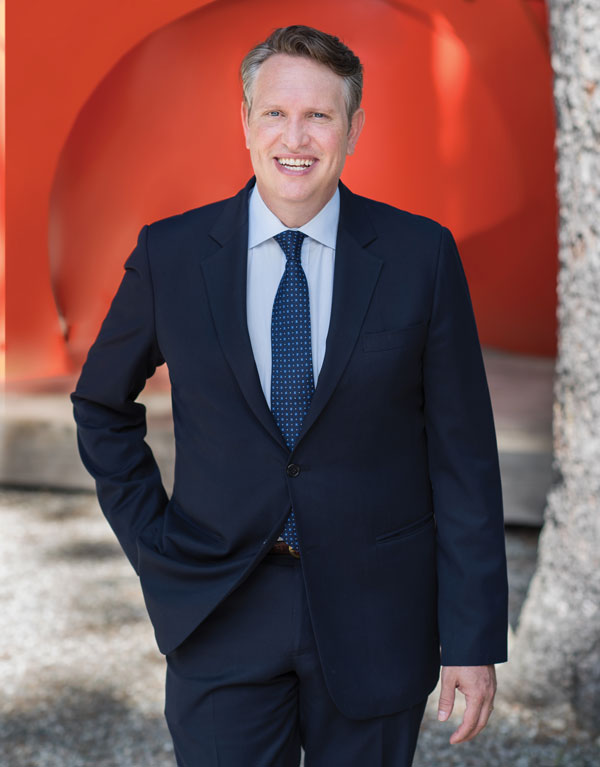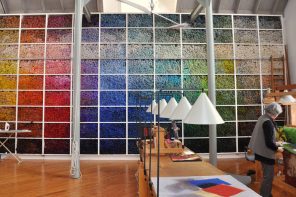t first glance, Michael Gitlitz would seem to have entered his new position as executive director of the Katonah Museum of Art (KMA) from the other end of the art spectrum. For a quarter of a century, he has had a distinguished career on the commercial side of the field, at the Hirschl & Adler Galleries, Hirschl & Adler Modern, Marlborough Gallery and Paddle8 auction house — all in Manhattan — where he was known for both an encyclopedic knowledge of art and an array of contacts.
But for Gitlitz — who succeeded Darsie Alexander, now chief curator at The Jewish Museum in Manhattan — helming the Katonah Museum has “felt like coming home.
“After 25 years as an art dealer in New York, the opportunity to lead a museum in my own backyard is a dream come true,” says Gitlitz, who has lived not far from the museum for the last 15 years.
And while he “hasn’t come up through the curatorial ranks,” the way you do in the museum world, he says he has not only worked for nonprofits but also spent a great deal of time in the commercial arena organizing, managing, curating and writing about exhibits, sometimes with a greater rapidity than you’d find in a museum, where the shows are spaced further apart.
Another key difference between the commercial and museum worlds — hierarchy. An art gallery operates from a top-down business model. In the nonprofit world, Gitlitz says, “there’s much more consensus-building. You have to build up support among board members, staff, emeriti.”
But such collegiality has always been a hallmark of the KMA. With an operating budget of $1.5 million, nine and a half full-time staffers and “an army of volunteers,” the museum has regularly sought out “the expertise and assistance of the whole community” to produce a number of provocative, cutting-edge shows yearly with an array of accompanying programs. (Unlike other museums, the KMA has no permanent collection.)
The enthusiastic, articulate Gitlitz is particularly excited about the lineup of upcoming exhibits, led off by “Outrageous Ornament: Extreme Jewelry in the 21st Century” (Oct. 21 through Jan. 27), organized by Jane Adlin, former curator of modern and contemporary design at The Metropolitan Museum of Art. (See story on Page 46.) This will be followed by a young artists’ show, featuring mainly high school students doing extraordinary work, and then an intriguing exhibit that juxtaposes early-20th century masters with early-21st century ones.
It’s the kind of stuff that inspired Gitlitz as a youth, growing up in Brooklyn in a family “that valued art and culture very highly.” He really fell in love with art in high school, writing a paper his junior year on the awe-inspiring experience of art, nature and spirituality. Gitlitz earned his bachelor of arts from Oberlin College in 1991 while also studying at the Scuola Lorenzo de Medici and Scuola Dante Alighieri in Florence, Italy, the Middlebury Language Schools in Middlebury, Vermont, and University College, London. A year later, Gitlitz received a post-graduate diploma in the fine and decorative arts from Sotheby’s Institute of Art, London.
“Art is not only intellectually stimulating and emotionally satisfying but ennobling to the spirit,” he says. “Yo-Yo Ma talks about ‘the edge effect,’” referring to the diverse, creative transitional space in which two habitats meet. “The arts create the edge effect.”
Look for the edge effect as the KMA revives some traditions, including its day and overnight trips.
“We’re going to keep the ball in the air,” Gitlitz says. “We’re going to do it all.”
For more, visit katonahmuseum.org.





